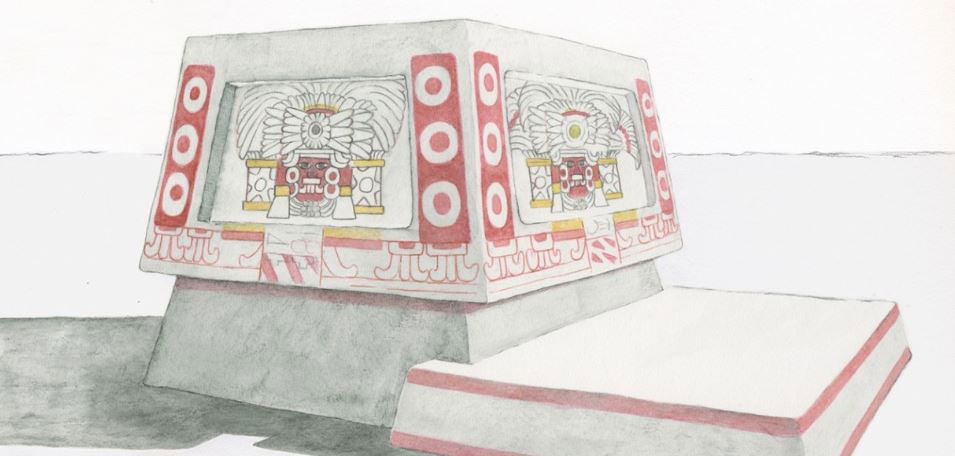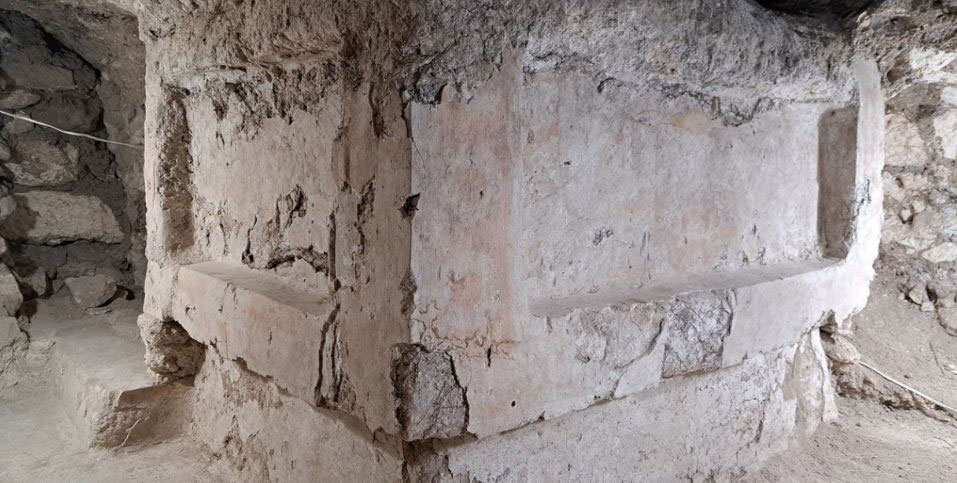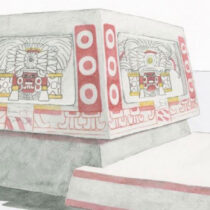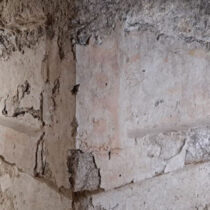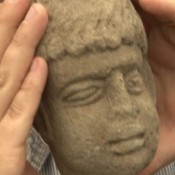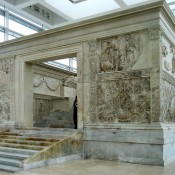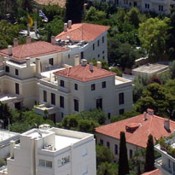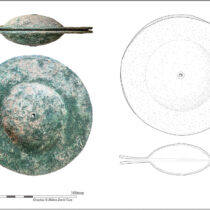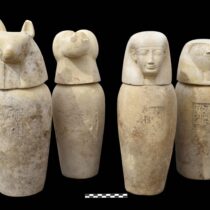A newly discovered altar, buried near the center of the ancient Maya city of Tikal, is shedding new light on the 1,600-year-old tensions between Tikal and the central Mexican capital of Teotihuacan.
Just steps from the center of Tikal, a 2,400-year-old Maya city in the heart of modern-day Guatemala, a global team of researchers including scholars from Brown University have unearthed a buried altar that could unlock the secrets of a mysterious time of upheaval in the ancient world.
The altar, built around the late 300s A.D., is decorated with four painted panels of red, black and yellow depicting a person wearing a feathered headdress and flanked by shields or regalia. The face has almond-shaped eyes, a nose bar and a double earspool. It closely resembles other depictions of a deity dubbed the “Storm God” in central Mexico.
In a study released on Tuesday, April 8, in Antiquity, the Brown researchers, along with co-authors from across the United States and Guatemala, argue that the painted altar wasn’t the work of a Maya artist. Instead, they believe it was created by a highly skilled artisan trained at Teotihuacan — the formidable ancient power whose seat was located 630 miles west, outside modern-day Mexico City.
“It’s increasingly clear that this was an extraordinary period of turbulence at Tikal,” said Stephen Houston, a professor of social science, anthropology, and history of art and architecture at Brown, who co-authored the paper. “What the altar confirms is that wealthy leaders from Teotihuacan came to Tikal and created replicas of ritual facilities that would have existed in their home city. It shows Teotihuacan left a heavy imprint there.”
Even before discovering the altar, Houston and colleagues knew the Maya interacted with Teotihuacan for centuries before their relationship became closer.
Founded in about 850 B.C., Tikal existed for generations as a small city with little influence before ballooning into a dynasty around 100 A.D. Archaeologists have evidence that Tikal and the much more powerful Teotihuacan began interacting regularly about two centuries later. What seemed at first to be a casual trading relationship, Houston said, quickly became something more contentious.
“It’s almost as if Tikal poked the beast and got too much attention from Teotihuacan,” Houston said. “That’s when foreigners started moving into the area.”
An ancient coup d’etat
Houston said that over several decades, scholars have collected mounting evidence of a less-than-friendly relationship. The research started in the 1960s, when archaeologists found a cut and mutilated stone with well-preserved text describing the conflict in broad terms.
Thanks to the stone’s text, they learned that “around A.D. 378, Teotihuacan was essentially decapitating a kingdom,” Houston said. “They removed the king and replaced him with a quisling, a puppet king who proved a useful local instrument to Teotihuacan.”
Decades later, using light detection and ranging (LiDAR) technology, the Brown scholars and several colleagues discovered a scaled-down replica of the Teotihuacan citadel just outside the center of Tikal, buried under what archaeologists believed were natural hills. The discovery suggested that in the years leading up to its overthrow, Teotihuacan’s presence in the Maya city probably involved an element of occupation or surveillance.
